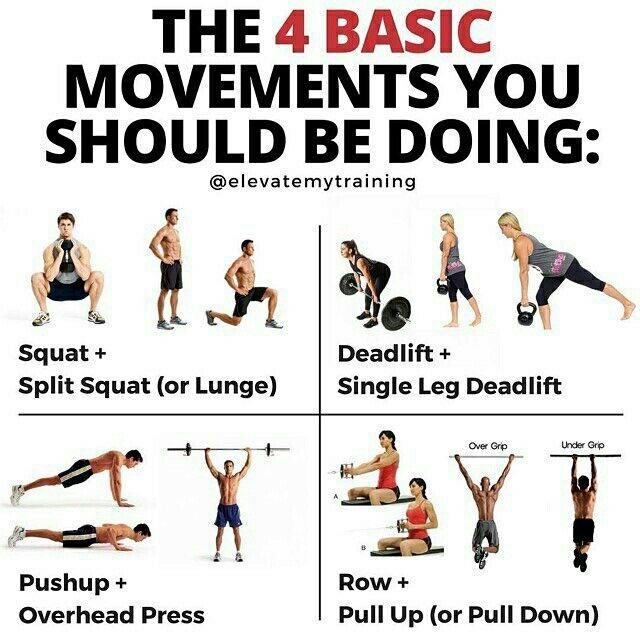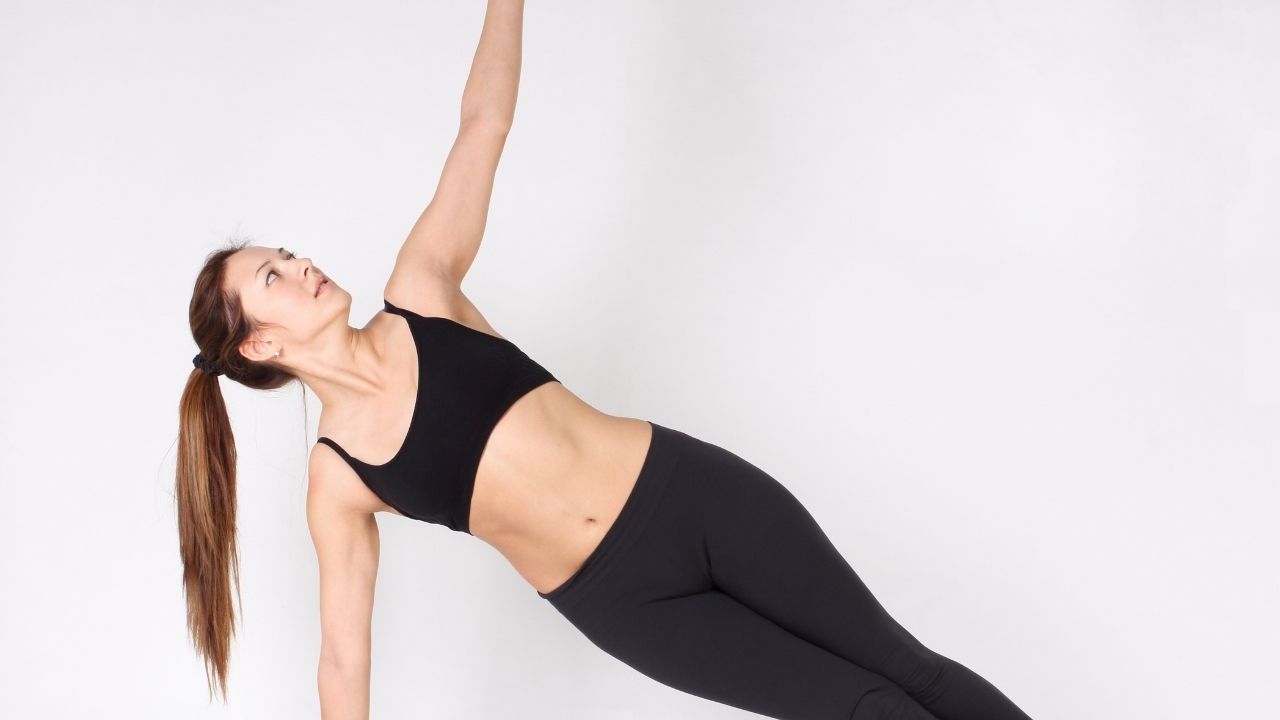
To gain lean muscle, eat more calories than what you burn. A higher-protein diet is also possible. Strategic eating is another way to increase your protein intake. A protein shake with peanut oil is a good option after a workout. It is best to consume the shake between an hour and two hours after your workout. However, you should consume it at any time. This will allow you to gain more muscle and lose more fat.
You must eat the right foods to gain lean muscles safely. Proper nutrition will provide your body with the correct raw materials for growth. Fasting should be avoided before and after working out as this could have adverse side effects. It is also a good idea for weight loss to increase your cardio activity. It is important to eat a high-fiber diet. You must avoid skipping meals.

It is important to follow a routine when trying to gain lean muscles. You can increase your lean muscle mass by lifting weights 3-4 times per week. During workouts, you should rest for at least 10 seconds between sets. You should also consult a trainer if you need exercises for specific genders. These are great for building muscle. And don't forget to drink lots of water to keep yourself hydrated.
A muscle gain supplement can also be used to increase your muscle mass. A protein powder can be a great choice. It contains a high level of amino acids. Supplements that help you build muscle faster are also beneficial. A good choice is a dietary supplement containing omega-3 fatty oils. These supplements are well-known for helping you build lean muscles. You can always test out other muscle-building methods like resistance training.
Blogs can be a great way for you to gain lean muscle. You will find many resources online. You can learn more about training by visiting InBody USA's Blog. Regular exercise is the best way for you to get lean muscles. Regular breaks are important to help your muscles recover. This is important to avoid injury. You will see more flexibility if your body has a lot of muscle.

It is important not to forget that lean muscle has no fat. It is made up tissue that does not contain any fat. It will give you a solid look. Remember that most muscles are thin. A lean muscle structure can help you gain strength and not gain bulk. It is vital to eat a diet that will give you the shape you desire. You should eat a wide variety of protein-rich foods.
FAQ
What is the difference between fat and sugar?
Fat is an energy source from food. Sugar is a sweet substance found naturally in fruits and vegetables. Both sugars and fats have the same calories. But, fats have more calories than sugars.
Fats are stored in the body and contribute to obesity. They may cause cholesterol buildup and lead to strokes or heart attacks.
Sugars are quickly absorbed and provide instant energy. This causes blood glucose to rise. High blood glucose levels are dangerous as it can increase the likelihood of developing type 2 diabetes.
How can I get enough vitamins
The majority of your daily needs can be met through diet alone. Supplements are an option if you are low in any vitamin. Multivitamin supplements can be taken that contain all the vitamins you need. You can also buy individual vitamins at your local pharmacy.
Talk to your doctor to find out which foods are rich in vitamins. Some examples of rich sources of vitamins E and K include dark green leafy vegetables, such as spinach.
If you are not sure how much vitamin you should be consuming, ask your doctor. Based on your medical history, and your current health status, your doctor will recommend the right dosage.
How does weight change with age?
How can you tell if your bodyweight has changed?
If there are less calories than muscle mass, then weight loss is possible. This means that calories must be consumed at a rate greater than energy. Reduced activity is the leading cause of weight gain. Other factors include stress, illness and pregnancy. When there is more fat than muscles, it's called weight gain. This happens when people consume more calories than they burn during the day. Common reasons include overeating, increased physical activity, and hormonal changes.
The main reason why our bodies lose weight is because we consume fewer calories than we burn. Exercise regularly increases your metabolism rate, which allows you to burn more calories every day. This doesn't necessarily mean we will lose weight. What matters is whether we are losing fat or building muscle. If we're burning more calories than we're consuming then we're going to lose weight. If we consume more calories that we burn, we are actually storing them in fat.
As we age, we become less agile and don't move as often. We also tend have less food to eat than when our children were young. We tend to gain weight. We also tend to look larger because we have more muscle.
There's no way to tell how much weight you've lost unless you weigh yourself every week. There are many methods to measure your weight. You can check your waist size, your hips, your thighs, your arms, etc. Some people prefer to use bathroom scales while others like to use tape measures.
For a better track of your progress, try to weigh yourself once per week and measure your waistline once every month. You can also take pictures of yourself every few months to see how far you've come.
Online measurements of your height and weight can help you determine your body mass. For example, if you're 5'10" tall and weigh 180 pounds, you'd probably weigh 180 pounds.
What are 5 ways to live a healthy lifestyle?
Healthy lifestyles include eating right, exercise regularly, getting enough rest, managing stress, having fun, and eating healthy. Eating well means avoiding processed foods, sugar, and unhealthy fats. Exercise can help you burn calories and strengthen your muscles. Sleeping well improves concentration and memory. Stress management helps reduce anxiety and depression. Fun is the key to keeping us healthy and happy.
What are the top 10 healthy habits?
-
Have breakfast every day.
-
Don't skip meals.
-
You should eat a balanced diet.
-
Drink plenty of water
-
Take care to your body.
-
Get enough rest.
-
Avoid junk food.
-
Daily exercise
-
Have fun
-
Find new friends
Statistics
- According to the Physical Activity Guidelines for Americans, we should strive for at least 150 minutes of moderate intensity activity each week (54Trusted Source Smoking, harmful use of drugs, and alcohol abuse can all seriously negatively affect your health. (healthline.com)
- The Dietary Guidelines for Americans recommend keeping added sugar intake below 10% of your daily calorie intake, while the World Health Organization recommends slashing added sugars to 5% or less of your daily calories for optimal health (59Trusted (healthline.com)
- This article received 11 testimonials and 86% of readers who voted found it helpful, earning it our reader-approved status. (wikihow.com)
- WHO recommends consuming less than 5% of total energy intake for additional health benefits. (who.int)
External Links
How To
What does the "vitamins” word mean?
Vitamins are organic compounds naturally found in food. Vitamins are necessary for us to absorb nutrients in the foods we consume. Vitamins cannot be produced by the body. They must be acquired from food.
There are two types vitamins: water soluble or fat soluble. Water soluble vitamins dissolve easily in water. These include vitamin C (thiamine), Vitamin B1 (riboflavin), Vitamin B2 (riboflavin), Vitamin B3 (niacin), Vitamin B6 (pyridoxine), Vitamin C, B1 (thiamine), Vitamin B2 (riboflavin), Vitamin B3 (niacin), and Vitamin B6 (pyridoxine). The liver and fatty tissues are home to fat-soluble vitamins. Vitamin D, E, K and A are some examples.
Vitamins are classified based on their biological activity. There are eight major types of vitamins:
-
A - Essential for healthy growth and health maintenance.
-
C - vital for proper nerve function, and energy production.
-
D - necessary for healthy bones and teeth.
-
E - Required for good vision & reproduction
-
K - Required for healthy nerves and muscles.
-
P – vital for building strong bones.
-
Q - Aids in digestion and absorption.
-
R - Red blood cells are made from red blood cells.
The recommended daily allowance (RDA), for vitamins, varies depending upon age, gender, or physical condition. RDA values are set by the U.S. Food and Drug Administration (FDA).
For adults over 19 years, the RDA is 400 mg per day for vitamin A. For fetal development, pregnant women need 600 mg per day. Children ages 1-8 require 900 micrograms per day. For infants younger than one year, 700 micrograms are required daily. However, this number drops to 500 micrograms each day for children aged 9-12 months.
Children aged 1-18 years need 800 micrograms daily, while children overweight require 1000 micrograms per days. Children who are severely obese or underweight will need 1200 micrograms each day.
Children ages 4-8 years who have been diagnosed with anemia need 2200 micrograms per day of vitamin C.
2000 micrograms are required daily for good health in adults over 50. Because of their higher nutrient needs, women who are pregnant or nursing need 3000 mg per day.
Adults over 70 years of age need 1500 micrograms per day since they lose about 10% of their muscle mass each decade.
Women who have been pregnant or are lactating require more than the RDA. Pregnant women require 4000 micrograms daily during pregnancy, and 2500 micrograms every day after birth. Breastfeeding mothers require 5000 micrograms daily when breast milk production is occurring.